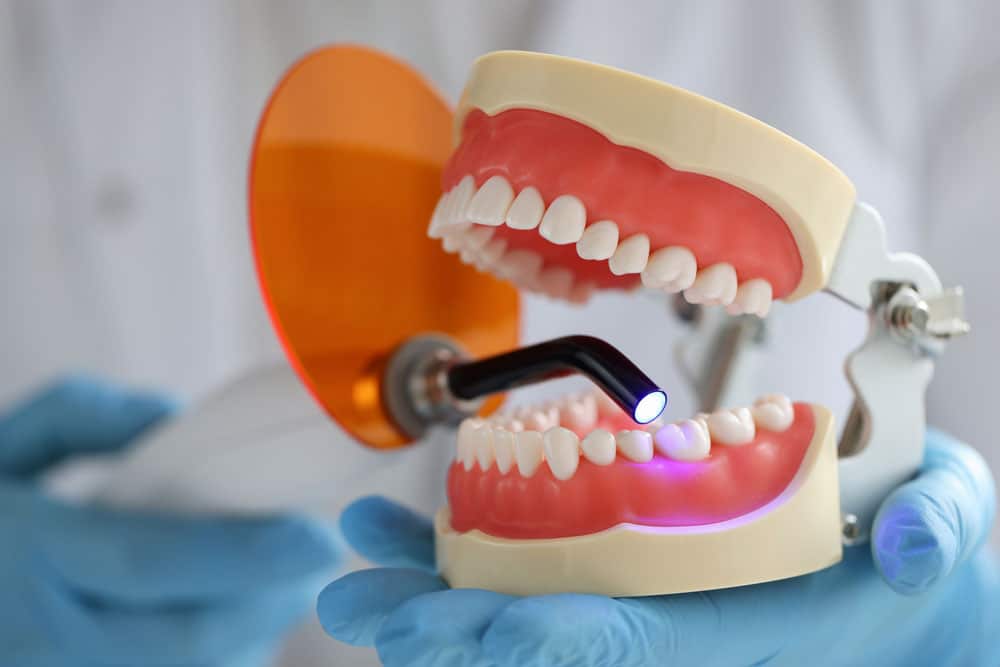
Fillings
A dental filling is a dental material that is used to repair the look and function of a tooth that has been damaged by tooth decay.
What Is A Dental Filling?

What Types of Filling Materials Are Available?
Procedure Overview
The dental filling procedure is a very routine and relatively simple treatment.
We will start by giving you a local anaesthetic to numb the area, if necessary. Numbing may not be necessary for very small fillings, but feel free to ask the dentist about it if you are concerned about discomfort.
Next, the dentist will remove the decay using a drill.
Once the decay is removed, the dentist may use the drill a little more to shape the tooth so the filling will fit better. The dentist may also etch the inner surfaces of the space with an acid gel to help the filling hold on better later.
If the material used for the filling involves resin, the dentist may use a special bright light to harden it. At the very end of the procedure, we will polish to tooth to make it smooth and shiny like the rest of your teeth.


